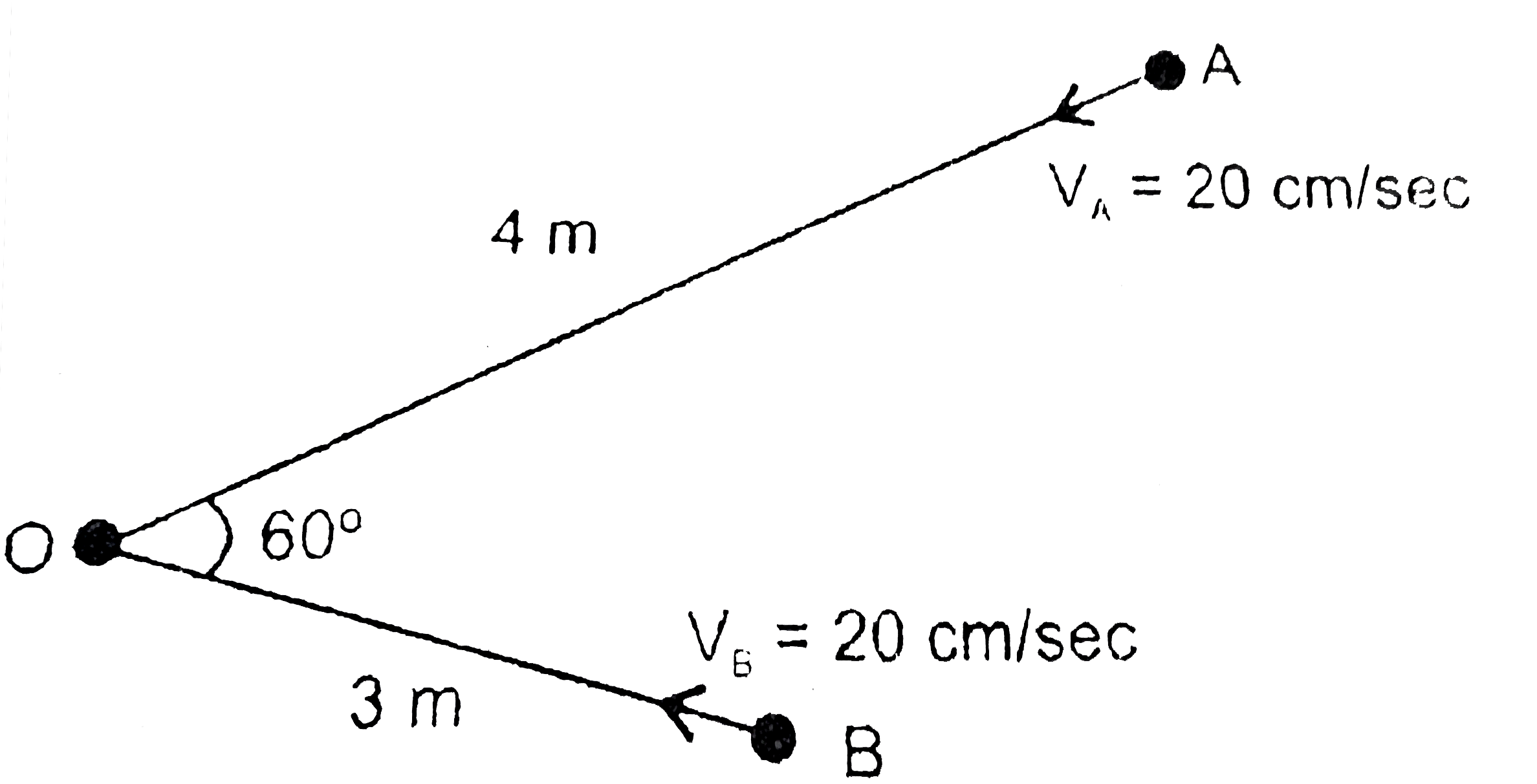During electro-osmosis of Fe(OH)3 sol
a. Sol particles move towards anode
b. Sol particles move towards cathode
c. The dispersion medium move towards anode
d. The sol particles do not move in either direction
sol particles move towards anode
sol particles move towards carhode
the dispersion medium move towards anode
the dispersion medium moves towards cathode
The correct Answer is:c
To solve the question regarding the electro-osmosis of Fe(OH)3 sol, we need to understand the behavior of the sol particles and the dispersion medium under an electric field.
1. Understanding Electro-osmosis:
- Electro-osmosis is the movement of liquid (dispersion medium) induced by an electric field across a porous material or a colloidal system.
2. Identifying Charges:
- In the case of Fe(OH)3 sol, the sol particles (which are negatively charged) will influence the movement of the surrounding dispersion medium.
3. Direction of Movement:
- When an electric field is applied, the negatively charged sol particles will attract the positively charged ions in the dispersion medium towards the anode (positive electrode).
- As a result, the dispersion medium will move towards the anode due to the attraction of the positive ions.
4. Analyzing the Options:
- a. Sol particles move towards anode: This is incorrect since the sol particles are negatively charged and will not move towards the anode.
- b. Sol particles move towards cathode: This is also incorrect for the same reason.
- c. The dispersion medium moves towards anode: This is correct as explained above.
- d. The sol particles do not move in either direction: This is incorrect because the sol particles do influence the movement of the dispersion medium.
5. Conclusion:
- Based on the analysis, the correct answer is c. The dispersion medium moves towards anode.
Final Answer:
c. The dispersion medium moves towards anode.
---
- Electro-osmosis is the movement of liquid (dispersion medium) induced by an electric field across a porous material or a colloidal system.
- In the case of Fe(OH)3 sol, the sol particles (which are negatively charged) will influence the movement of the surrounding dispersion medium.
- When an electric field is applied, the negatively charged sol particles will attract the positively charged ions in the dispersion medium towards the anode (positive electrode).
- As a result, the dispersion medium will move towards the anode due to the attraction of the positive ions.
- a. Sol particles move towards anode: This is incorrect since the sol particles are negatively charged and will not move towards the anode.
- b. Sol particles move towards cathode: This is also incorrect for the same reason.
- c. The dispersion medium moves towards anode: This is correct as explained above.
- d. The sol particles do not move in either direction: This is incorrect because the sol particles do influence the movement of the dispersion medium.
- Based on the analysis, the correct answer is c. The dispersion medium moves towards anode.
c. The dispersion medium moves towards anode.
Similar Questions
Knowledge Check
A particle is moving on a circular path of radius R with constant speed v. During motion of the particle form point A to point B
 AAverage speed is v/2BThe magnitude of average velocity is v/πCThe magnitude of average acceleration is 2v2πRDAverage velocity is zero.
AAverage speed is v/2BThe magnitude of average velocity is v/πCThe magnitude of average acceleration is 2v2πRDAverage velocity is zero.
A gelatin sol at pH less then the isoelectric value is subjected to an electric field. The sol particles migrate toward
View SolutionWhy do DNA fragments move towards the anode during gel electrophoresis ?
View SolutionA: During gel electrophoresis, the DNA fragments move towards the anode.
R: DNA fragments are negatively charged molecules .
View SolutionA: During gel electrophoresis, the DNA fragments move towards the anode.
R: DNA fragments are negatively charged molecules .
View SolutionTwo particles move with constant velocities towards point O along straight lines in a plane as shown. The shortest distance A and B is

View SolutionTwo identical particles move towards each other with velocity 2v and v, respectively. The velocity of the centre of mass is:
View SolutionA particle moves towards a concave mirror of focal length 30cm along its axis and with a constant speed of 4cm/sec. At the instant the particle is 90cm from the pole
View Solution
